How to Get Started in Photography

They say that practice is what teaches best. This is also true for photography. And yet you can find people who mainly read about photography—when it’s time to pick up a camera, they hesitate. But meanwhile, picking up photography basics is a snap. So take a look with us at how to take photographs.
First we should make one thing clear: everyone can take photographs. Photography is nothing more or less than a way that a person perceives and looks at the world. Photography is art. And art doesn’t have fixed rules. You too can be an artist.
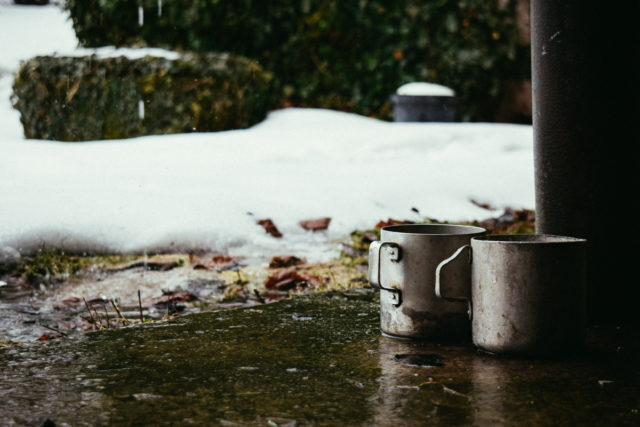
Nikon D3300, AF-S NIKKOR 35 mm 1:1. 8 G, 1/250 s, f/4.8, ISO 400
Naturally there are many lines that should not be crossed generally—but there’s no-one keeping you from crossing them in certain situations. And in fact, disrupting time-worn systems leads you to grow.
Among the customs that you should generally maintain is the guideline called the “golden crop.” If nothing else, because its typical “opposite”—centered photos—tends to be unaesthetic. However, here too exceptions exist, as you’ll learn in a minute.
But now take a look with us at the individual phases that most beginners have to go through.
Equipment
If you don’t know what equipment to buy, you’ll definitely want to explore our articles. And don’t hesitate to consult with experts and friends, or to ask us in comments beneath this article. Also, don’t forget to look on the internet for articles by experts on the specific traits of individual cameras.
What Should You Keep in Mind?
As a beginner, you don’t need a DSLR costing thousands of dollars. Think about how you’ll be using your camera. After all, there are several kinds of photographers.
- There are professionals, making a living from photography. They need a camera with a higher quality and price than the other two groups below.
- Then there are semi-professionals, shooting both as a hobby and for clients.
- Then there are people taking pictures simply for fun. They can often even make do with a compact.
If you’re thinking about a DSLR even though you’re in the last of these groups, then you can find very good camera bodies as cheaply as around 350 dollars. But if you are planning to take “single-purpose” pictures, that is, pictures just to remind you of certain places or situations, then again, you really can make do with just a compact.
We may all have someone around us who illustrates that last point well. For example my grandmother, whom I’ve been convincing for years to buy a new camera to replace her film camera. She always says she doesn’t want to. She just wants to record to remember, and as long as a photo shows at least a bit of what’s there, she’s satisfied. And that’s what it’s all about.
So first make it clear to yourself what kind of quality and more you’ll be demanding from your camera. This should of course be in line with the category of photographer to which you wish to belong.
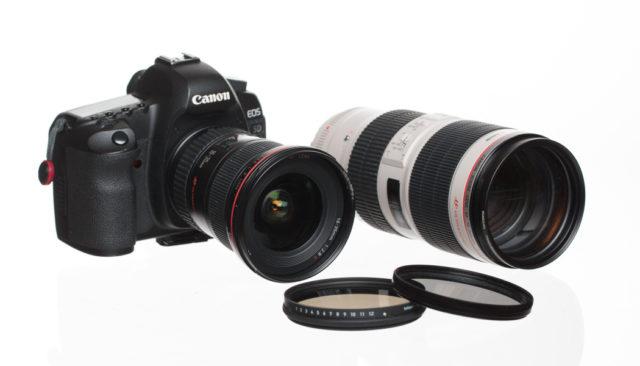
Also, everything has its time. Nobody’s saying that professional photographers can’t evolve out of vacation snappers. Feel free to start with a compact and gradually work your way onward. To make it clear what I have in mind, here’s the experience of Vit Kovalcik, an editor and photographer from our team:
“My first camera was in 2005—a tiny Minolta G400 compact. It truly was compact, but it was sturdy. So I took it with me often, and I photographed everything I could, from landscapes and cities to my friends playing petanque. I discovered that I enjoyed trying out various angles and compositions, and so I started taking a stronger interest in photography. I gradually bought better and better gear that would let me try out the things I’d learned. And it’s been continuing that way to this day. Even though I’m on my eighth camera and photography is my living, I know I still have plenty to learn and improve as far as gear and how I process my pictures.
Likewise, you don’t have to immediately buy a tripod, remote controls, external flashes, and the like. Everything has its time. As soon as you choose a suitable camera, the most important thing awaits you…
How to Get Started in Photography
If you’ve decided for a DSLR, forget about its automatic mode. There’s no need to give up all automation, but do focus on these programs:
- A/Av – aperture priority,
- M – manual exposure mode,
- P – the “Program” automated mode,
- S/Tv – time priority.
For all of these, you need to know the basics of aperture, exposure time, and ISO value, because your pictures’ appearance depends on the combination of these three values—exposure.
Exposure Time
Exposure time is nothing other than how long you let light flow onto the camera’s sensor. The shorter the exposure time (e.g. 1/4000 s), the darker the picture. The longer the time (e.g. 1/2 s), the lighter the picture.
Would you like to learn more about exposure? Read these articles from our series on exposure:
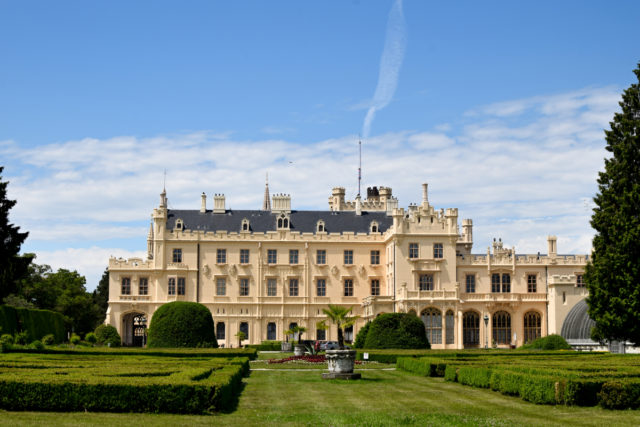
Nikon D3300, AF-S NIKKOR 35 mm 1:1. 8 G, 1/400 s, f/10, ISO 200
Aperture
By changing the size of the aperture, you regulate how much light flows onto the sensor. The aperture size is measured in “f-stops” or “f-numbers”; the smaller the number, the more light gets in and reaches the chip. With a low f-stop, you blur the environment behind and in front of the object that you’re focusing on. With a much higher f-stop like f/18, you capture the foreground and background along with your subject.
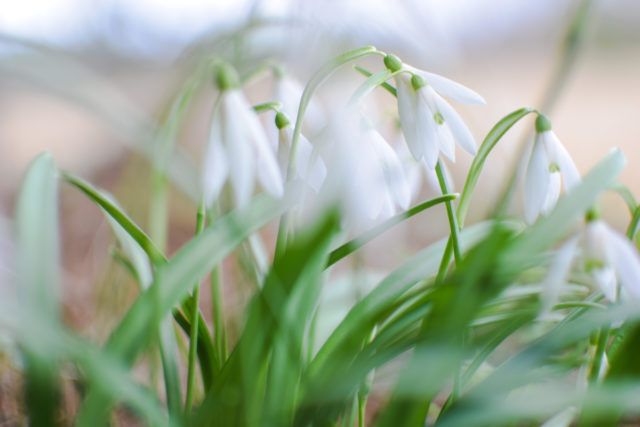
Nikon D3300, AF-S NIKKOR 35 mm 1:1. 8 G, 1/100 s, f/1.8, ISO 200
ISO
The “ISO” value determines how light-sensitive the camera’s sensor is. The higher the ISO, the brighter the photo. However, at higher ISOs, the photo will also have more digital noise.
For ordinary DSLRs, ISOs range from 100 to 6400. When you’re taking pictures in well-lighted spaces or directly under the sun, keep your ISO as low as possible.
What else should you keep in mind when taking pictures?
Composition
Remember that your photos will usually look better when they don’t have the subject directly in the center. This is the result of the “Golden Crop” rule, also called the “Rule of Thirds.” Some camera models can even show a grid in the viewfinder to make “thirds” composition easier.
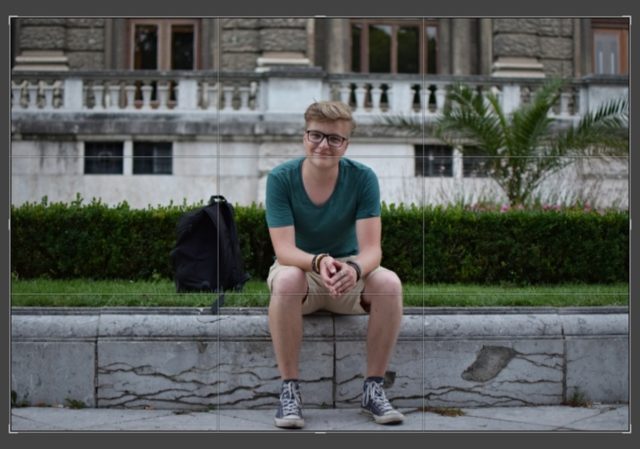
Nikon D3300, AF-S NIKKOR 35 mm 1:1. 8 G, 1/60 s, f/1.8, ISO 1000
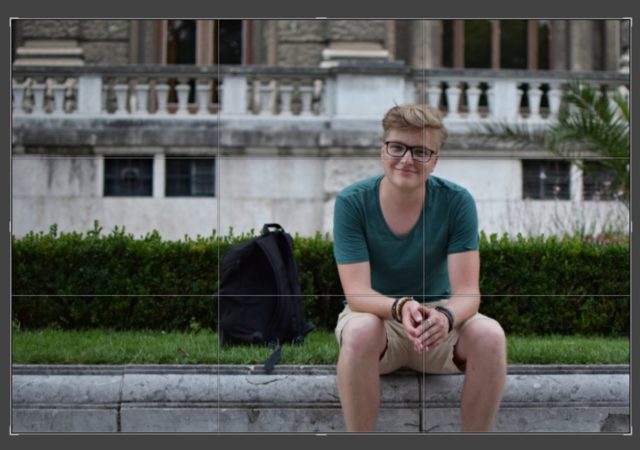
Nikon D3300, AF-S NIKKOR 35 mm 1:1. 8 G, 1/60 s, f/1.8, ISO 1000
Amateurs tend to place their photos’ subjects right in the center. But this looks unnatural. And thinking more about composition is precisely how you can get more professional pictures.
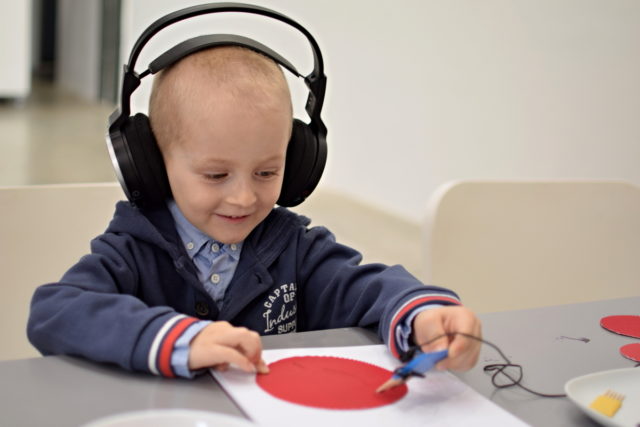
Nikon D3300, AF-S NIKKOR 35 mm 1:1. 8 G, 1/60 s, f/1.8, ISO 100
Just like with everything in line, exceptions exist for the rule of thirds. If there are converging lines in your photo, then placing the subject right in the center can work—it looks dramatic.
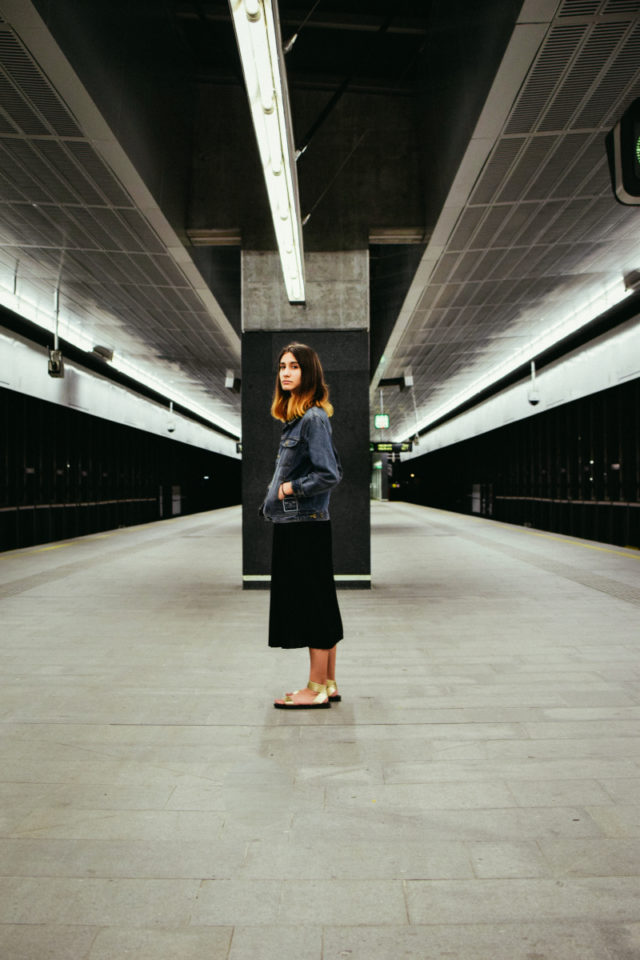
Nikon D3300, AF-S NIKKOR 35 mm 1:1. 8 G, 1/60 s, f/4, ISO 450
Once you’ve mastered the rule of thirds, don’t be afraid to experiment with various angles of view. But don’t forget to maintain a level horizon—both for landscapes and for buildings. Also, watch out for unflattering angles when shooting portraits.
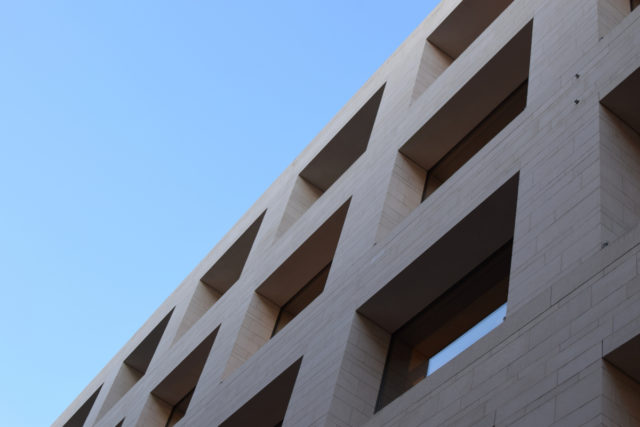
Nikon D3300, AF-S NIKKOR 35 mm 1:1. 8 G, 1/250 s, f/8, ISO 400
What Should You Photograph?
So all that’s left is the last thing: what should you photograph? The answer is simple. Anything. There are no limits here. Take inspiration from other photographers, try things out, and experiment with angles, colors, and styles—and learn.
At first you will probably be very enthusiastic, pressing the trigger at every opportunity. Then when going through your photos, you will throw out hundreds of them. But later you will arrive at the fact that only special moments with a special “something” inside them are worth photographing.
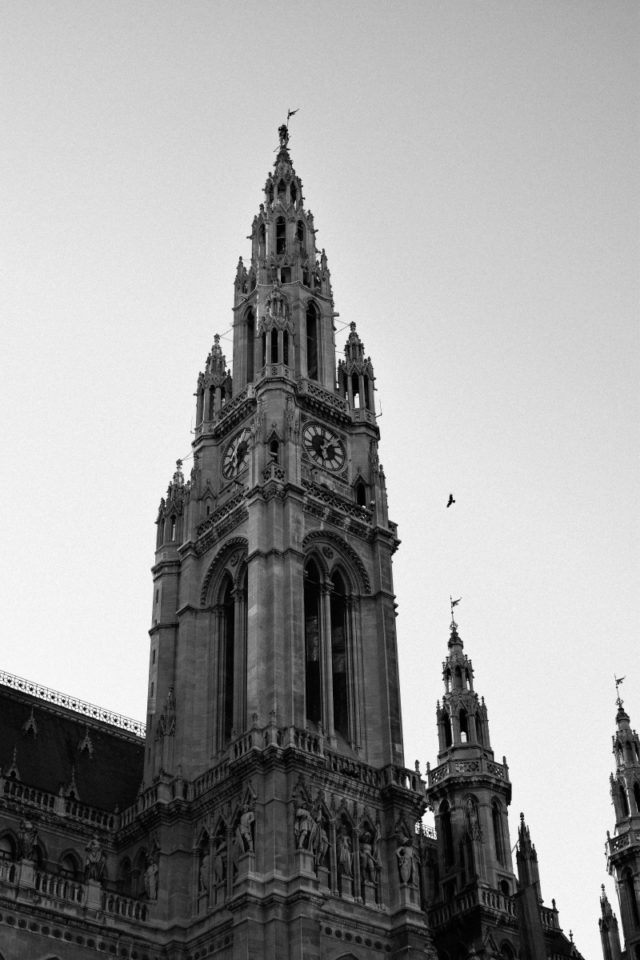
Nikon D3300, AF-S NIKKOR 35 mm 1:1. 8 G, 1/250 s, f/8, ISO 200
Don’t be afraid to experiment. Try for example photographing a single item with a variety of settings, at other angles or in different colors. Feel free to photograph your cat, your cherry tree, your girlfriend… in short, anything.

Nikon D3300, AF-S NIKKOR 35 mm 1:1. 8 G, 1/125 s, f/5.6, ISO 400

Nikon D3300, AF-S NIKKOR 35 mm 1:1. 8 G, 1/80 s, f/4.5, ISO 100
You don’t have to buy the most expensive camera. Feel free to even use your phone. You’ll find out what interests you, and based on that, you can also choose more advanced equipment that fits that interest. If you want to keep improving, then you should definitely read instructive and inspirational articles, and you’ll find plenty of those on Learn Photography.
Don’t be afraid to publish your photos on Facebook, Instagram, or Zonerama. It will push you forward… as will criticism and praise from more experienced photographers, too.
But don’t forget your originality and your photographic style. It’s not set in stone that this or that is good or bad. We all see the world differently, we all like different colors and angles, and what one person finds interesting, another may not appreciate.
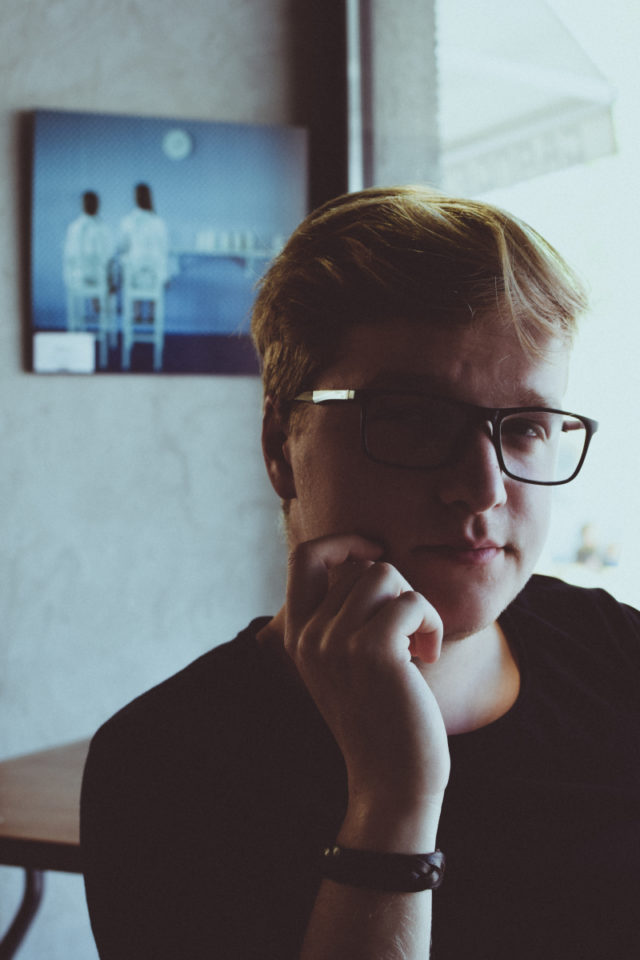
Nikon D3300, AF-S NIKKOR 35 mm 1:1. 8 G, 1/100 s, f/5, ISO 400
Getting started in photography truly can be difficult. But the old saying applies: no pain, no gain. And just by picking up even a couple of basic rules, you are setting out on the road to unlimited possibilities. Your pictures will come alive. And that’s exactly the point—to constantly get better.
So if you’re thinking about photography, don’t hesitate to head out on this lovely road, where you’ll trip and fall, but also enjoy many beautiful moments… and the joy of recording them.
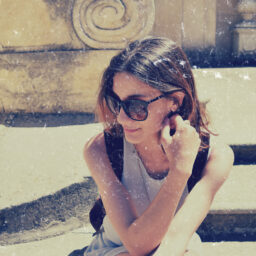
There are no comments yet.